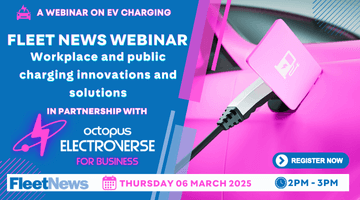The future for vehicle safety will see active systems ‘talk’ to each other, warning about another car’s presence on the road.
Iain Knight, technical lead at Transport Research Laboratory’s vehicle safety department, said that only when vehicles and the road infrastructure were intelligent, allowing vehicles to talk to the infrastructure to warn about cars that are around blind spots for example, could companies plan for a zero harm future.
“This is a collaborative system where vehicles work together with infrastructure,” Knight said.
In the meantime, the main focus for fleets should be on their younger drivers, particularly males, where figures show a spike in death while driving.
They suggest that the driving test has little impact on the ability to drive correctly, Knight told ACFO delegates
He believed the driving test was a mismatch in context: “You learn to pass a test; then you learn to drive.”
More emphasis needed to be put on lifelong learning and attitudes to driving.
Drivers ought to be trained to improve their mastery of traffic situations, to raise their goals and the context of driving and to have goals for life. Awareness of risk and the ability to self-evaluate were vital skills to master.
“You have to give learners ownership of learning to drive the process and change their attitudes for the long-term,” Knight said.

















Login to comment
Comments
No comments have been made yet.